Community resources are usually only as good as the people who use them are numerous and virtuous.
Despite my best intentions, there are not enough incentives out there for me to spend my time validating and then manually entering human SNPs, that I’ve found during the course of my sequencing various candidate genes for diseases, in the fantastically useful dbSNP database. However, with the advent of high-throughput sequencing and the possibility for large-scale genome annotation, I don’t think that my lack of participation makes such a difference.
It is otherwise with respect to designing and validating primers for PCR. Oh, and if you ever have to teach a trainee about PCR, have a go at the fabulous teaching resources provided by the Cold Spring Harbor Laboratory. Like this pretty video I can’t seem to embed, but you can look at here.
Anyhow, I wanted to draw your attention to RTPrimerDB. It’s been around a number of years, and has been the object of three readily accessible publications in Nucleic Acids Research as a community resource.
About half of the primers are for human gene expression assays of various types, but there are as of today, more than 800 primers for mouse PCRs of various ilks. I found some to my liking today.
So, in my laboratory, I keep a spreadsheet with a tab for human, a tab for mouse and a tab for chicken. Into this I have added, somewhat indiscriminately and in the order in which they arrive, primers for genomic DNA or cDNA amplification or both, and specify whether or not they are intended for quantitative or end-point PCR. Actually to be brutally honest, I haven’t developed any primers for qRT-PCR for the chicken.
I write on a regular basis to authors who are not among those who increasingly do include their primer sequences in their article submissions, because I am under the misguided illusion that I will save time by using assays that have already been validated by someone else.
Woe is me when I presume such a thing. Housekeeping genes as standards are particularly notorious, but many is the time when I have either blindly ordered primers according to publications and then been surprised at inefficient amplification under the more-or-less specified conditions, or a poor melting curve, to find that even in silico they shouldn’t have worked.
So, here’s to saving a little time and checking in silico.
The first suggestion is to check that your genomic DNA primers will amplify what you expect. For this, I enjoy using the simple PCR module on UCSC’s (wonderful) Genome Browser. You check that you are using the right organism, and sometimes the right “build” – that is, the right version of the genome sequence against which to check, and the rest is self-explanatory. Sometimes it is also nice to double-check primers that span exons, in case you do get some genomic amplification because of contamination, and to see what the expected size would be if that happened.
The second, is to make use of Primer-BLAST. You know this resource – or should, if you don’t yet:
Primer-BLAST was developed at NCBI to help users make primers that are specific to the input PCR template. It uses Primer3 to design PCR primers and then submits them to BLAST search against [a] user-selected database. The blast results are then automatically analyzed to avoid primer pairs (all combinations including forward-reverse primer pair, forward-forward as well as reverse-reverse pairs) that can cause amplification of targets other than the input template.
So, what I didn’t know, but is perfectly lovely, is the following: Primer-BLAST can check those published primer pairs for you without specifying their target.
That is, you skip the whole first section about PCR Template, and go right to Primer Parameters > Use my own forward primer (and reverse, natch). You don’t have to play around with anything about length or melting temperature, but you scroll right down to Primer Pair Specificity Checking Parameters.
I only change Organism if needed. There are automatic fill-in fields that you need to give a little time to suggest, when you start typing eg. Mus musculus. When I have had doubts as to whether authors who carried out xenotransplantations actually posted their host or their donor amplification sequences, I use the link “Add more organisms” and away we go. Leaving RefSeq RNA (refseq_rna) for the Database is usually fine for checking RT-PCR primers, but there are other options. Like “nr” if you want to play it safe (but it takes slightly longer, of course).
For example, let’s say I want to know for sure what part of the Xenopus Chd7 protein was used to make a recombinant peptide to immunize rabbits and develop the polyclonal antibody used in this publication. I don’t specify whether I want Xenopus laevis or tropicalis, but stick with the genus only.
As a result, I find out that the 30-bp primers provided in the Methods section amplify perfectly and exclusively, a 549-bp fragment of “>NM_001091800.1 Xenopus laevis chromodomain helicase DNA binding protein 7 (chd7), mRNA” – and by following the link, I can figure out which part of the protein it would be. I also know the predicted melting temperatures, giving me an idea of conditions, and alternative amplifications either in other species (Xenopus tropicalis, with a single nucleotide difference in each primer) or in other parts of the genome (just try checking standard primers used against Gapdh sometime). I’ve often seen such single nucleotide differences, which can mean the difference between a PCR that works and one that doesn’t. Typos do happen. Another thing that happened to me today was that I noticed that of the two housekeeping gene primer pairs provided in a publication, the two genes were supposed to amplify with the same primer pair – a simple cut/paste error. While waiting for a response from the authors, perhaps who would have to ask a postdoc long gone from the lab, one can easily find out which one it is.
Then of course, you can make up your mind as to whether you really want to order primers on the basis of confidence in such a lab’s ability to optimize all the parameters. But that is another story for another day.
Meanwhile, I would be eager to find out the following:
1. How do you keep track of PCR primers in your lab, for any use including that of making templates for in vitro RNA probe transcription?
2. Do you annotate as to whether or not they work, or more subtly, the conditions tried for optimization?
3. Do you systematically ensure that primers appear somewhere with publications that use them, either as cited references, tables or supplementary material, or online on your lab website?
4. If you work in a non-muring, non-human, non-Arabidopsis, non-Oryza kind of model organism, are there other similar public resources of PCR primers? Because aside from these, hardly any other organisms are represented in RTPrimerDB. There are something like 5 pairs for Drosophila or Danio, for example.
Ooh. I see there is a “Poll” tab in my author possibilities, but I don’t know how to use it further. Meanwhile, comments and discussion will be much appreciated.
 (4 votes)
(4 votes)
 Loading...
Loading...



 (2 votes)
(2 votes)


 (No Ratings Yet)
(No Ratings Yet)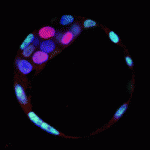
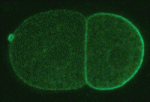
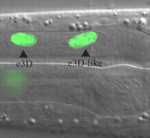
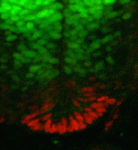
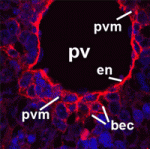
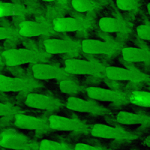
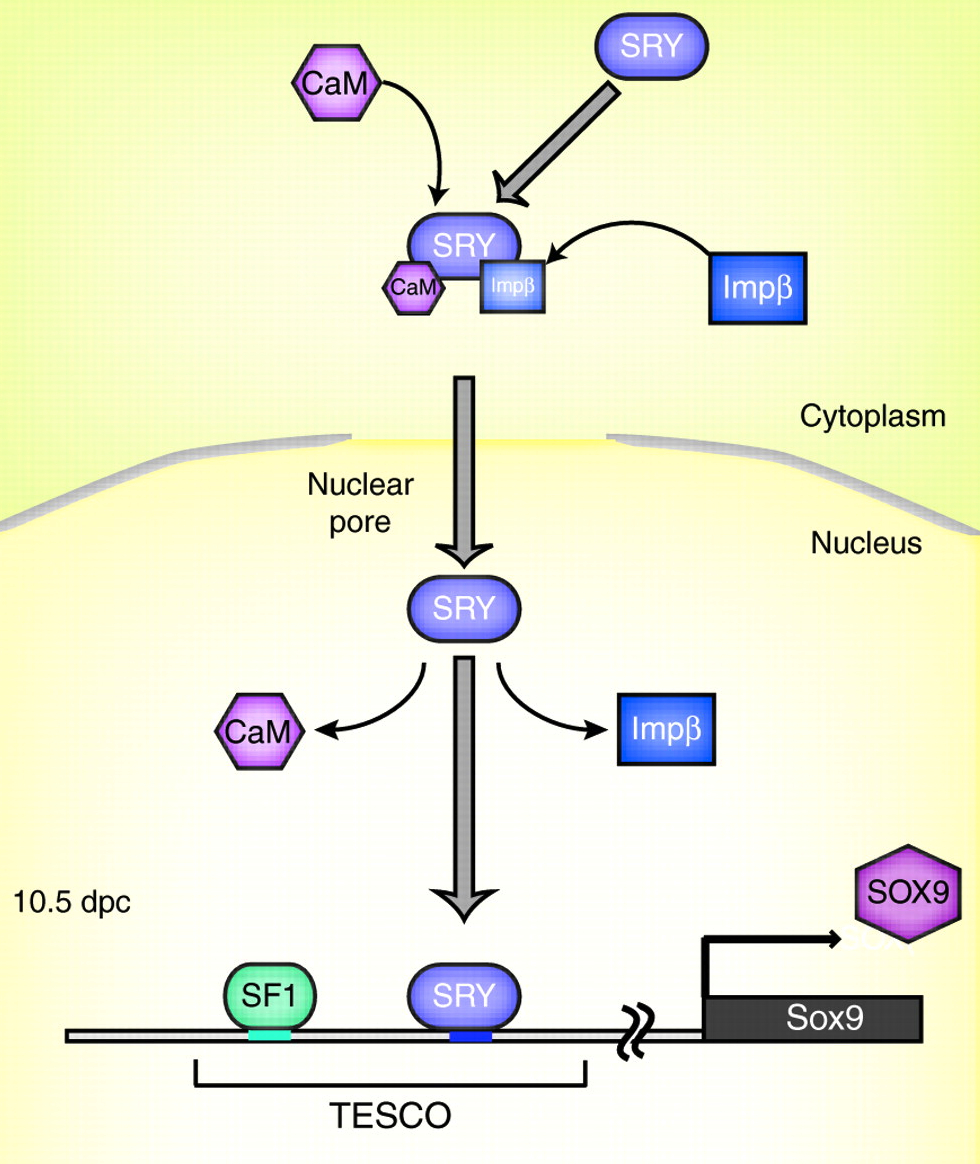 SRY is the transcription factor product of the sex-determining gene on the mammalian Y chromosome. In this issue, Kashimada and Koopman provide an updated account of how SRY triggers the cascade of molecular events that drive testis formation while inhibiting ovarian development.
SRY is the transcription factor product of the sex-determining gene on the mammalian Y chromosome. In this issue, Kashimada and Koopman provide an updated account of how SRY triggers the cascade of molecular events that drive testis formation while inhibiting ovarian development.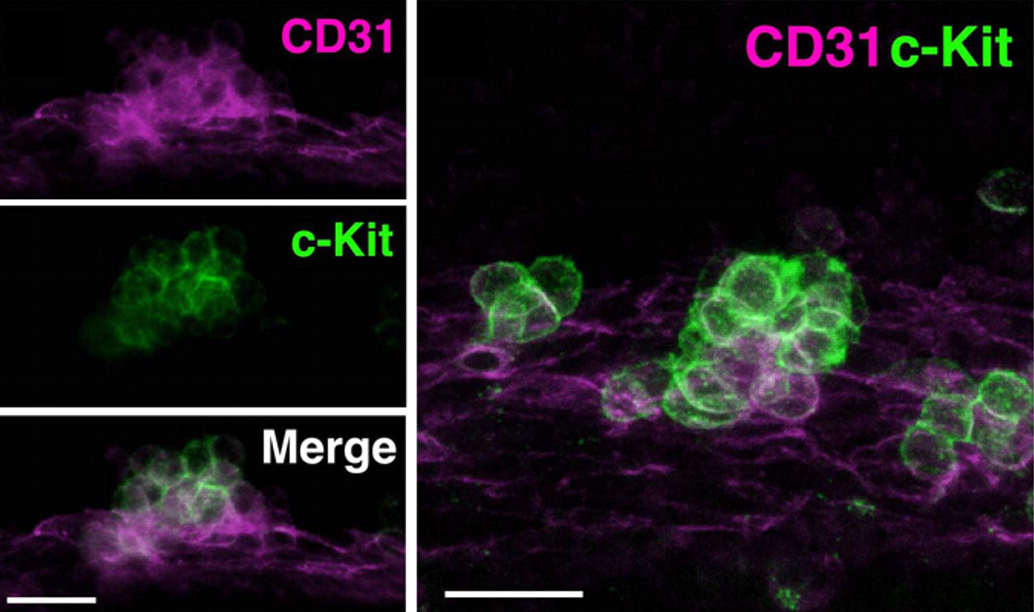




 This August, the Society for Developmental Biology (SDB) held their annual meeting in Albuquerque, New Mexico, USA, jointly with the Japanese Society of Developmental Biologists (JSDB). The JSDB has recently increased their international profile under the presidency of Dr Shinichi Aizawa from the RIKEN Center for Developmental Biology (CDB). We caught up with him at the SDB/JSDB joint meeting to discuss the projects that the JSDB has been undertaking under his leadership to expand the activities of the society beyond the borders of Japan.
This August, the Society for Developmental Biology (SDB) held their annual meeting in Albuquerque, New Mexico, USA, jointly with the Japanese Society of Developmental Biologists (JSDB). The JSDB has recently increased their international profile under the presidency of Dr Shinichi Aizawa from the RIKEN Center for Developmental Biology (CDB). We caught up with him at the SDB/JSDB joint meeting to discuss the projects that the JSDB has been undertaking under his leadership to expand the activities of the society beyond the borders of Japan.